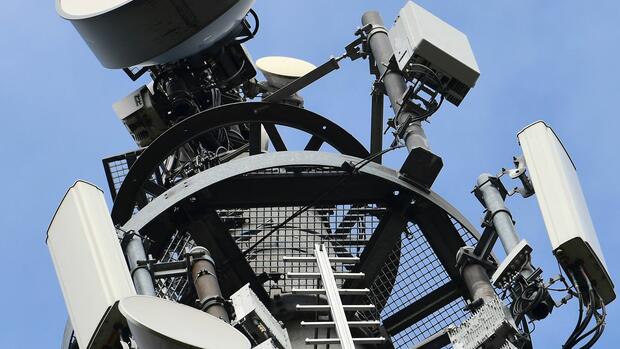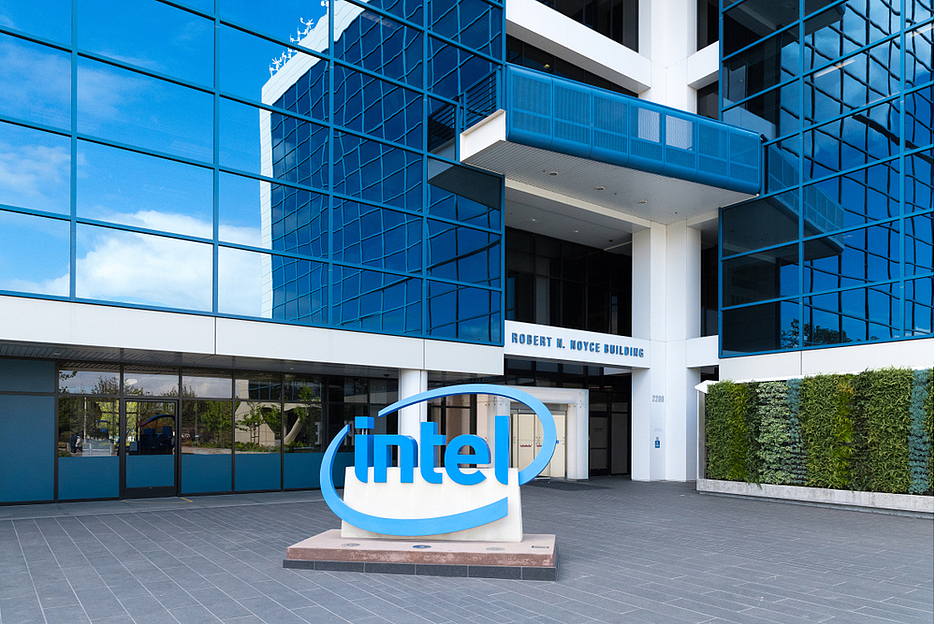Stockholm At the end of 2021, however, only six percent of mobile phone contracts in Western Europe were 5G-compatible. The region was thus significantly behind North America (20 percent), Northeast Asia (19 percent) and the Gulf Cooperation Council region (9 percent). By 2027, however, the field will be reorganized: Ericsson predicts that Western Europe will then be in second place worldwide with a 5G quota of 82 percent, just behind North America (90 percent). Higher data transfer rates, lower delay times The fifth generation of mobile communications (5G) offers significantly higher data transfer rates than the previous UMTS (3G) and LTE (4G) standards. In addition, the delay times (latency) are lower, so that 5G can also be used for real-time applications such as controlling a machine remotely or telemedicine applications. Private users, for example, benefit from the low data runtimes in gaming. The Ericsson Mobility Report shows that so far around a quarter of the world’s population has access to a 5G network in principle. This figure will triple in the next five years. And more and more people are actually taking advantage of this network coverage. 5G technology will account for almost half of all contracts by 2027 and exceed the value of 4.4 billion. With the greater spread of 5G, users are also using mobile networks more intensively. For example, global data traffic on mobile networks has doubled in the past two years. “This growth was driven by the increasing use of smartphones and mobile communications as well as the digitization of society and industry.” Data traffic still in 4G In Western Europe, a large part of the data traffic is currently still handled in the LTE networks (4G). “4G is widespread and has the highest market penetration of all regions,” the Ericsson report says. Due to the ongoing switch from 2G and 3G to LTE, the number of 4G-compatible contracts has increased by another 7 percent, and they accounted for around 80 percent of all mobile subscriptions at the end of 2021. The growth of 5G contracts in Western Europe also proved to be strong. Here, the key figure rose from 5 million contracts in 2020 to 31 million at the end of 2021. “It is expected that 4G will decline from 2023 in favor of a significantly higher distribution of 5G subscriptions.” The number of 5G contracts will reach almost 150 million by the end of 2023. Many service providers would phase out their 3G networks (UMTS) in the coming years to enable the reuse of radio frequencies for 4G and 5G.









